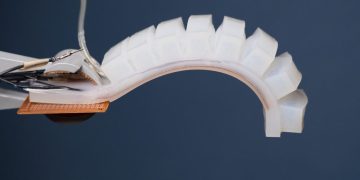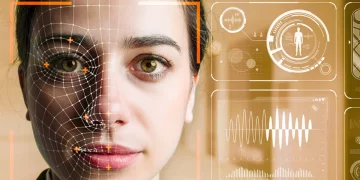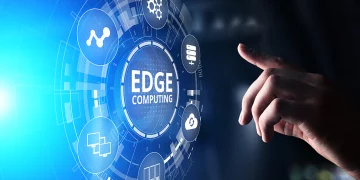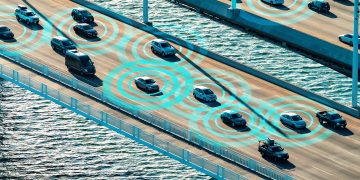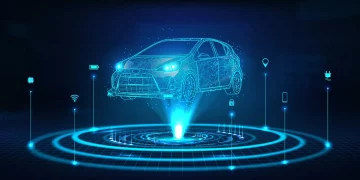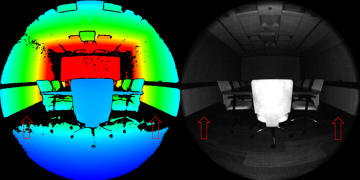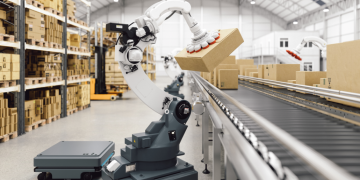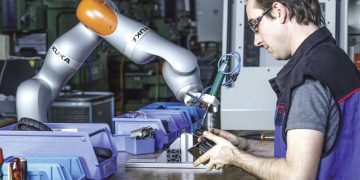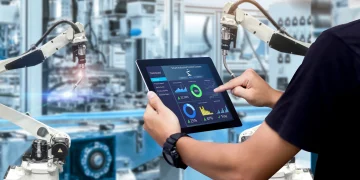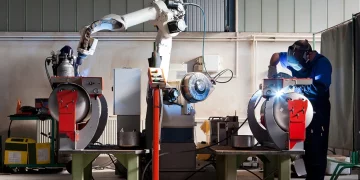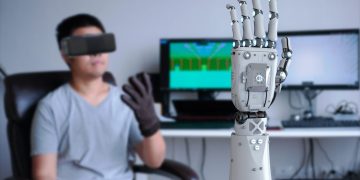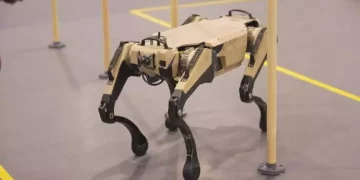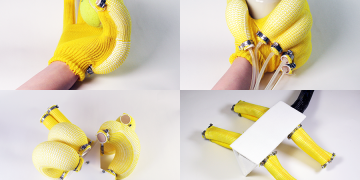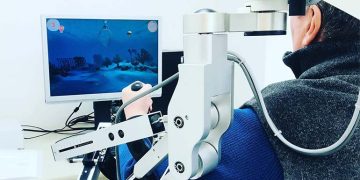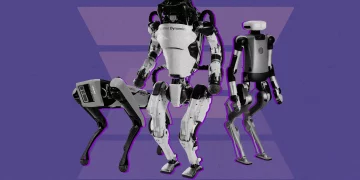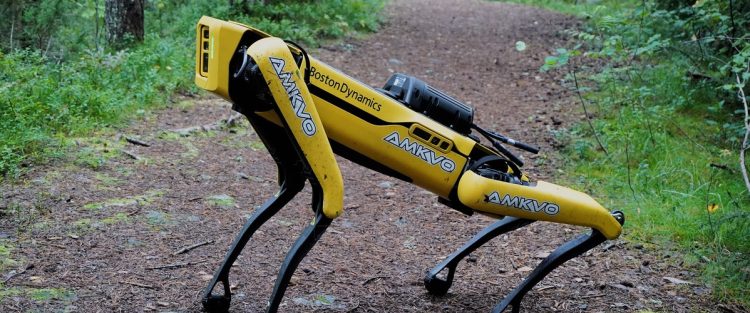Introduction
In the rapidly advancing field of robotics, one of the most transformative areas is the development of bionic robots—machines inspired by biological systems. These robots, drawing upon the principles of biomimicry, are designed to replicate the form, function, and behavior of living organisms, bringing a new dimension to the way robots interact with their environments. Bionic robots are poised to revolutionize the way we approach tasks that are traditionally too complex, dangerous, or inaccessible for human intervention.
This article explores the continuous evolution of bionic robot technology, focusing on its growing capabilities to function in complex environments. We will look at how advancements in sensors, actuators, AI, and machine learning have enabled bionic robots to navigate and perform in environments that range from disaster zones to deep-sea explorations. In doing so, we will also highlight key applications of bionic robots and discuss the challenges that need to be overcome in order to unlock their full potential.
1. Understanding Bionic Robots and Biomimicry
a. The Concept of Biomimicry in Robotics
Biomimicry refers to the practice of emulating natural organisms or processes in technology design. In robotics, this involves creating machines that mimic the structure, function, and behavior of living organisms. The goal is not only to replicate the mechanics of biological systems but also to harness the inherent efficiency, adaptability, and precision of nature’s designs.
The field of bionic robotics leverages these principles to design robots that can perform complex tasks in unpredictable, dynamic, and hazardous environments. Unlike traditional robots that rely heavily on pre-programmed instructions, bionic robots possess the ability to adapt to new stimuli, learn from their surroundings, and make autonomous decisions in real-time.
b. Evolution of Bionic Robotics
Bionic robots have evolved from simple mechanical systems inspired by the movement of animals to advanced, biohybrid systems that integrate artificial materials and biological components. Early robots focused primarily on replicating basic animal movements—such as walking, crawling, or flying. For example, quadrupedal robots were inspired by the legged locomotion of dogs and horses, while robotic fish sought to mimic the swimming patterns of aquatic animals.
With advancements in materials science and computing power, bionic robots today can perform increasingly sophisticated tasks. The integration of soft robotics—robots made of flexible materials that resemble the muscles and skin of living organisms—has enabled robots to move with agility and precision. This flexibility allows them to perform tasks in harsh environments, such as search-and-rescue operations or space exploration, where traditional robots may struggle.
2. Key Technologies Driving Bionic Robot Development
a. Artificial Intelligence (AI) and Machine Learning
At the heart of bionic robots lies artificial intelligence. With AI and machine learning algorithms, bionic robots are able to process complex data from their environments and make real-time decisions. For example, a robotic snake could autonomously navigate through tight spaces in a collapsed building, or a robotic fish could adjust its swimming behavior in response to changing currents or obstacles.
AI also plays a critical role in enabling sensor fusion, which allows bionic robots to combine information from multiple sensors (e.g., cameras, lidar, infrared, etc.) to create a more accurate understanding of their surroundings. By mimicking the sensory integration seen in living organisms—where the brain processes input from eyes, ears, and other organs—bionic robots can make decisions based on a wide range of inputs, improving their efficiency in dynamic environments.
b. Advanced Actuators and Soft Robotics
In traditional robots, actuators (devices that control movement) are typically rigid and are optimized for specific, repetitive tasks. However, bionic robots require soft actuators that can mimic the flexibility and adaptability of biological systems. For example, artificial muscles, made from materials like shape-memory alloys or hydrogels, allow bionic robots to perform delicate and complex movements. These actuators enable robots to bend, stretch, or adjust to changing terrain, providing them with enhanced mobility and versatility in environments where traditional robots would struggle.
Soft robotics, which focuses on flexible and deformable robots, has seen significant growth in recent years. For instance, soft robotic grippers are being used in tasks that require high dexterity, such as handling fragile objects or interacting with living organisms. These advancements in actuators make bionic robots particularly suited for applications in unpredictable environments.
c. Sensors and Sensory Systems
To navigate complex environments, bionic robots require highly advanced sensors. In nature, animals rely on an array of sensory organs—eyes, ears, skin, etc.—to perceive their environment and respond appropriately. Similarly, bionic robots use vision sensors (such as cameras and lidar), proximity sensors, gyroscopes, and tactile sensors to understand their surroundings.
For instance, robotic eyes inspired by compound eyes of insects allow robots to have a 360-degree view of their environment. Additionally, robotic skin equipped with pressure sensors can mimic the sensation of touch, enabling robots to detect subtle changes in the environment, such as temperature, pressure, or texture.
By combining multiple types of sensors, bionic robots can gather data from a range of sources, enabling them to make decisions based on a more holistic understanding of their environment. This capability is particularly valuable in dynamic environments, such as disaster zones or underwater exploration, where conditions may change rapidly and unpredictably.
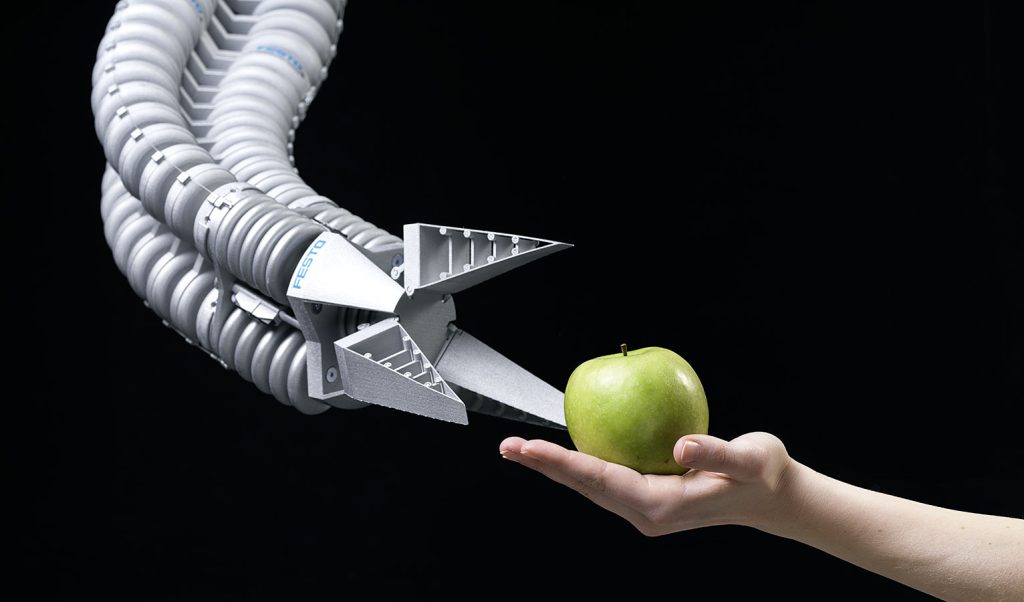
3. Applications of Bionic Robots in Complex Environments
a. Disaster Recovery and Search-and-Rescue Operations
One of the most significant applications of bionic robots is in disaster recovery. In the aftermath of an earthquake, for instance, search-and-rescue teams often face extreme conditions: rubble, unstable structures, hazardous materials, and limited visibility. Traditional robots, which are often rigid and unable to adapt quickly to changing conditions, may struggle in such environments.
Bionic robots, on the other hand, can mimic the movements of animals, such as crawling like a spider or slithering like a snake, enabling them to navigate tight spaces and unstable ground. These robots can also integrate AI systems that allow them to sense life signs, such as heat signatures or human vocalizations, to locate survivors in collapsed buildings. Their ability to adapt to unpredictable environments and operate autonomously makes them indispensable in disaster relief efforts.
b. Space Exploration
Exploring other planets presents unique challenges due to their harsh, unfamiliar environments. In space exploration, robotic probes and rovers have been essential for gathering data about other planets, moons, and celestial bodies. However, these robots are often limited by their rigidity and inability to adapt to rapidly changing terrains.
Bionic robots inspired by insect movement, snake locomotion, and bird flight are being developed to tackle these challenges. For instance, NASA is exploring the use of bio-inspired robots for missions to Mars and beyond. These robots could be designed to explore underground caves, climb rocky cliffs, or glide through Martian dust storms—tasks that are difficult for traditional rigid robots.
c. Underwater Exploration
The oceans remain one of the least explored frontiers on Earth. Underwater environments are challenging due to the extreme pressure, cold temperatures, and limited visibility. Traditional underwater robots often struggle with mobility and flexibility in these conditions.
Bionic robots, particularly those inspired by marine life, are being developed to explore these depths. Robotic fish, for example, can swim with great efficiency and maneuverability, mimicking the movement of real fish. These robots can be equipped with sonar systems, allowing them to map the ocean floor, monitor coral reefs, or track marine life with minimal disruption to the ecosystem.
d. Environmental Monitoring and Conservation
Bionic robots are also playing an increasingly important role in environmental monitoring. With the growing need to address issues like climate change, pollution, and biodiversity loss, there is a critical need for robots that can monitor and collect data in challenging environments such as forests, deserts, or wetlands.
Bionic robots can be designed to replicate the movement of animals, such as birds or insects, to monitor environmental changes in areas that are difficult to access. These robots can be equipped with sensors to track air quality, soil composition, and species diversity, providing researchers with valuable insights into the health of ecosystems.
4. Challenges and Future Prospects
a. Technological Challenges
While the development of bionic robots holds immense promise, there are still several technological challenges to overcome. These include:
- Battery life: Many bionic robots require significant power to operate their sensors, actuators, and AI systems, which can limit their ability to perform extended tasks in remote environments.
- Real-time decision-making: As environments become more dynamic and unpredictable, the need for more advanced AI systems to process data and make decisions in real-time is crucial.
- Durability: Bionic robots must be able to withstand harsh environments, from extreme temperatures to physical impacts.
b. Ethical and Social Considerations
As bionic robots become more autonomous and integrated into human activities, ethical and social considerations must be addressed. Questions surrounding privacy, security, and the impact on employment are key concerns. Additionally, the integration of bionic robots into areas such as disaster recovery and environmental monitoring raises questions about how these robots will interact with human workers and the natural world.
Conclusion
The continuous evolution of bionic robot technology is enabling robots to perform increasingly sophisticated tasks in complex environments. By drawing inspiration from nature and leveraging advancements in AI, sensors, and actuators, bionic robots are now capable of navigating and operating in some of the most challenging conditions on Earth. From disaster recovery to space exploration and environmental monitoring, these robots are poised to play an integral role in addressing the world’s most pressing challenges.
While there are still technological and ethical hurdles to overcome, the future of bionic robots looks promising. As they continue to evolve, they will undoubtedly transform the way we think about robots and their place in the world, unlocking new possibilities in a variety of industries and applications.

